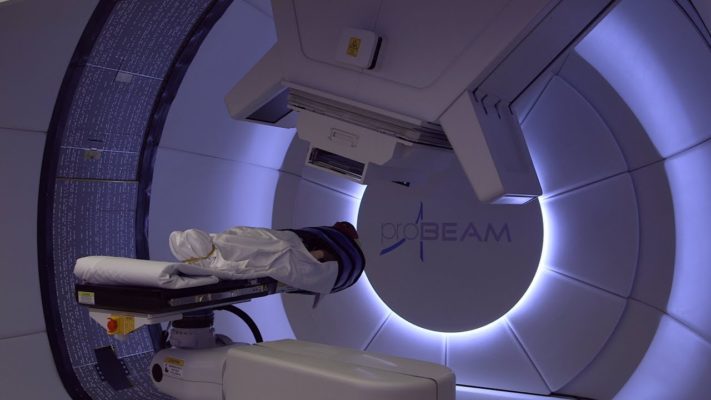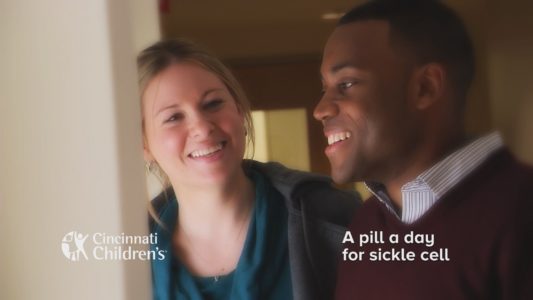September is National Sickle Cell Awareness Month. In the United States, there are approximately 100,000 individuals living with sickle cell disease and millions of people worldwide. Our team of sickle cell experts treats nearly 300 children with sickle cell disease – providing care from birth until transition to adult care. During this important awareness month, we hope you will learn more about this condition and the people in your community that it affects:
- Sickle cell disease is a genetic condition.
Sickle cell disease is the most common genetic blood disorder in the United States. The most common form happens when a child inherits an abnormal sickle gene from both biological parents who have sickle cell trait. All babies born in the United States are screened at birth for sickle cell disease, and Cincinnati Children’s provides follow-up testing and education for any baby born in southwestern Ohio that may have sickle cell disease or sickle cell trait.
- Sickle cell disease is a disorder of the red blood cells.
Sickle cell disease is a lifelong chronic illness that can cause red blood cells to become sticky and crescent-moon shaped, which clogs blood and hinders oxygen flow throughout the body. When the blood and oxygen flow is blocked, it can cause extreme pain, stroke, organ damage, and many other life-threatening complications, leading to frequent hospitalizations for people who have the disease.
- Sickle cell disease can affect people of any race.
Sickle cell disease most commonly occurs in African-American families, with approximately 1 in 365 babies being born with sickle cell disease. However, it is also present in people whose ancestors are from South and Central America, Saudi Arabia, India, the Mediterranean and sub-Saharan African.
- Sickle cell disease can be treated.
While there is not a yet a universal cure, people with sickle cell disease may benefit from taking a daily medication called hydroxyurea. The medication alleviates anemia, reduces pain and serious complications, and helps sickle cell patients live longer. Some patients also receive blood transfusions, while others with a tissue match may choose to have a stem cell transplant. New research studies are testing gene therapy in adults with sickle cell disease in hopes that it will provide another treatment option for patients. It is important that people with sickle cell disease see a hematologist throughout their lives to manage their care effectively.
Quality of life for people who have sickle cell disease has improved significantly with recent treatment developments and we are hopeful that exciting discoveries in the coming years will hold additional options for patients.
To learn more about the Comprehensive Sickle Cell Center at Cincinnati Children’s and their world-renowned clinical care and research, find contact and referral information or call 513-636-2371 .





